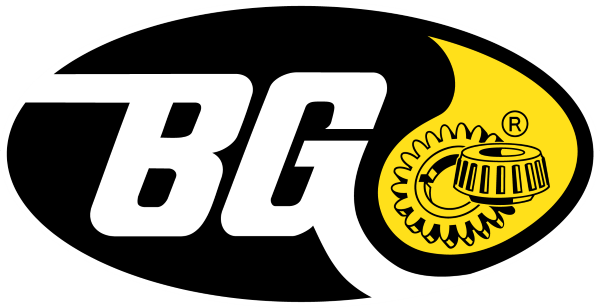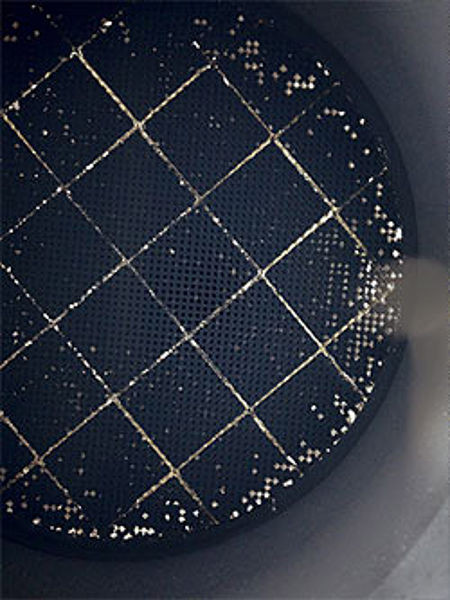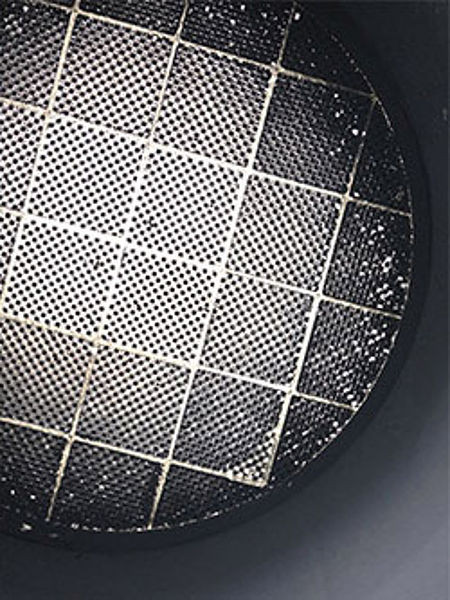Is your diesel running a bit sluggish?
Have you noticed black exhaust smoke?
Is your diesel losing fuel efficiency?
These problems can point to a problem with your diesel particulate filter (DPF).
What’s a DPF?
A DPF reduces exhaust emissions as required by government emissional legislative bodies. It’s been an essential part of diesel cars sold new since 2009 especially as the quantity of soot that builds up in diesel engines is much higher than you’d find in petrol engines.

How does it work?
The job of your diesel particulate filter (DPF) is to trap soot and big particles, to keep dirty particles out of the exhaust. Only filtered air is allowed to get through.
Soot and dirt particles are caused by incomplete combustion of fuel, though this has been improving with technology such as common-rail fuel injection.
Similar to a vacuum cleaner filter, DPFs need to be emptied regularly to keep working well.
Soot builds up in the DPF over time. When the amount of soot reaches a certain level, the engine’s computer triggers a self-cleaning process known as regeneration. High temperatures are needed to burn off the soot so it can continue the filtering process.
Passive regeneration happens automatically. But it depends on your diesel engine reaching the high exhaust temperatures needed to trigger the process, such as when you’re on the freeway.
Depending on your vehicle, it may need 30-40km/h driven for at least 10 minutes before passive regeneration can happen.
But if your engine fails to burn while you’re in the middle of the Simpson and you can’t get up to freeway speeds to allow the burn to take place, will your engine go into limp mode in the middle of nowhere?
It’s not as likely to happen since you’d drive at hundreds of kilometres and your DPF would get burnt off by passive regeneration by the time you begin the off-road part of your trip. So your PDF would be pretty empty by then.
If you do have problems and the DPF passive regeneration process has stopped working and becomes overloaded, you’ll know about it quickly. A DPF warning light will appear on your dashboard indicating your DPF is full. As you’re in danger of filling up the DPF without being able to burn it off, you may be up for a new one.
Your engine needs manual intervention - active regeneration. This can happen in two ways.
- Your vehicle will have a special button to artificially increase the exhaust temperature to trigger burn off; or
- You need to head to a workshop for active regeneration.
Don’t ignore the warnings as your DPF can get damaged beyond repair. Note that it is also illegal to remove the filter entirely.
We recommend getting your DPF serviced correctly and checked before any long off-road trip.
When you need active regeneration
We can help with a BG DPF Emissions System Restoration Service. Our experienced diesel mechanics will clean up your exhaust system using specialised equipment to trigger and control the regeneration process.
As part of the service, your diesel engine will be treated with performance oil so it’ll self-clean better than usual, and will be less likely to overload with soot.
We’ll give your diesel engine:
- Better fuel efficiency
- Less emissions
- Better DPF performance
- Restored horsepower and performance
What you can expect from us
- Experienced and responsive diesel mechanics
- Quality parts and workmanship
- Tailored advice to suit your needs
- Competitive pricing
Had my car done by these fellas the same day. Couldn't fault them or their work. Very professional. And couldn't be happier with my results with my cruiser. Cheers fellas. - Ben Winther
Contact us to clean your diesel engine.











